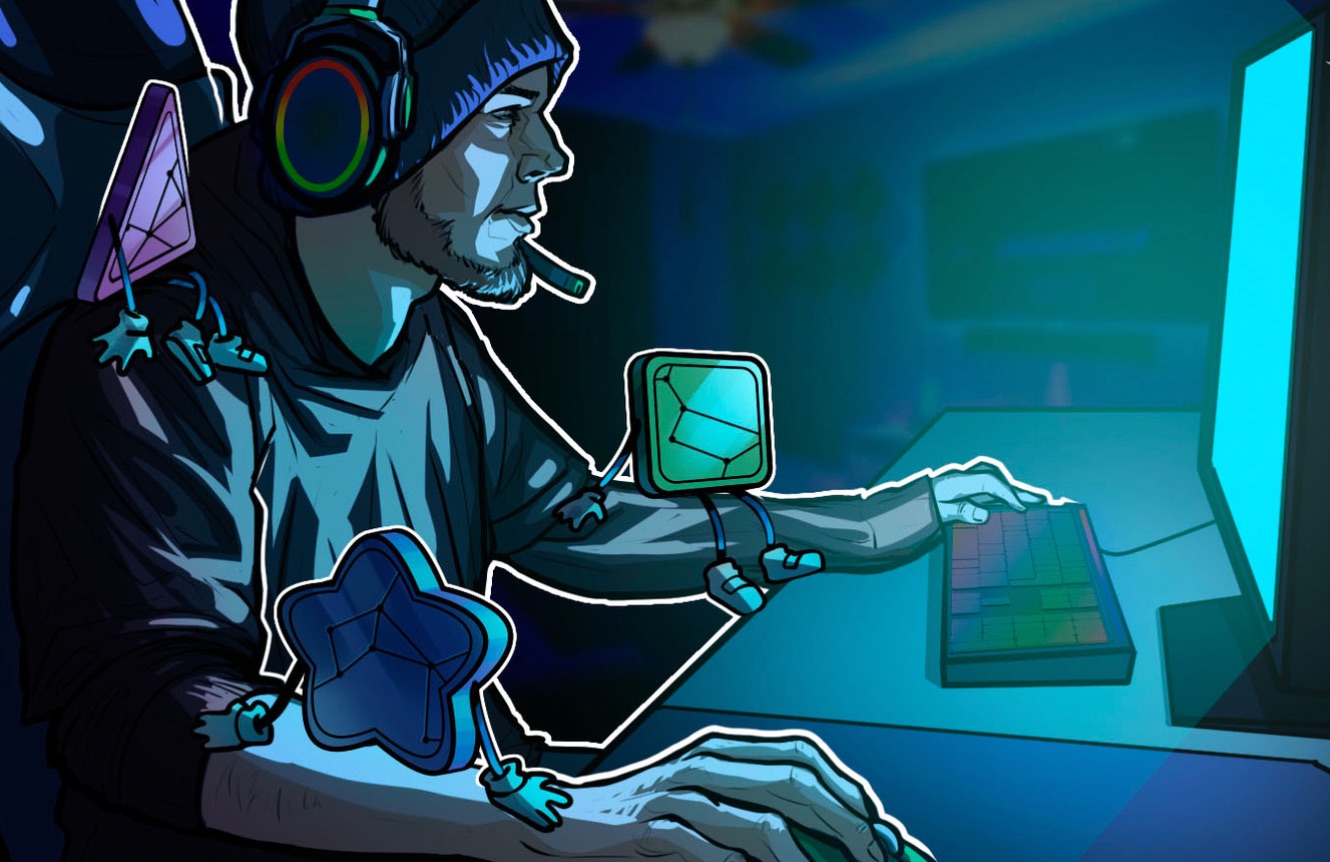343 reads
Peeking at The Future of The Metaverse
by
August 1st, 2022
Audio Presented by

Saving crypto from the corny. Playing hard to get in a spatially mapped metaverse!
About Author
Saving crypto from the corny. Playing hard to get in a spatially mapped metaverse!